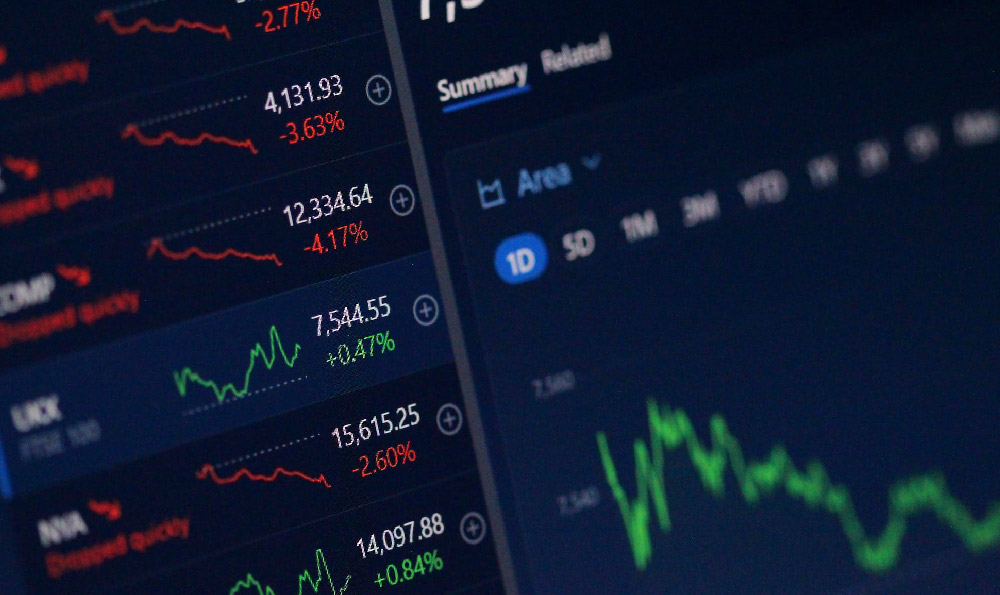How Much Do Recording Artists Earn?

Recording artists' earnings are fluctuating and influenced by a variety of factors, creating a complex financial landscape that varies significantly across different career stages, genres, and regional markets. While some musicians achieve substantial wealth through global fame and commercial success, others navigate financial instability as they build their careers or face competition in saturated industries. Understanding the nuances of income sources and earning potential is critical for both aspiring creators and investors seeking to evaluate the viability of music-related ventures.
The income of recording artists typically stems from multiple streams, each contributing differently to their overall financial stability. For instance, album sales once dominated the revenue model, but the rise of digital platforms has shifted dynamics. According to a 2023 report by the RIAA, physical album revenue accounted for just 12% of total music industry income, while digital downloads and streaming services now generate over 70%. However, streaming royalties present a contentious aspect, as their per-stream payouts remain minimal—ranging from $0.003 to $0.005 per stream on platforms like Spotify. This disparity often leaves artists reliant on indirect revenue, which may include merchandise sales, live performances, and licensing deals. For example, successful artists like Taylor Swift and Ed Sheeran leverage their brand equity to create lucrative product lines, generating millions annually through fan-driven purchases.
Live performances stand as a cornerstone of many musicians' earnings, particularly for those who prioritize touring. Established acts such as Beyoncé and U2 command exorbitant fees for concerts, with headliners typically earning between $1 million and $5 million per show. Rookie artists, on the other hand, might struggle to secure even a single gig, leading to a paradox where financial security often correlates with career longevity rather than immediate fame. This makes touring a strategic choice, as it can provide consistent income while building a loyal fan base. However, the cost of staging elaborate tours, coupled with the risk of canceled events, also contributes to financial unpredictability.

Licensing and sampling represent another key revenue channel, where artists monetize their work through synchronization deals, film placements, or brand partnerships. A single commercial use of a song, such as in a movie trailer, can generate thousands—though major deals often fall into the millions. Meanwhile, sampling enables artists to earn additional income by allowing other creators to use snippets of their music in new compositions, provided proper clearance is obtained. These avenues are often underutilized by emerging artists, who may lack the legal knowledge or industry connections to navigate them effectively.
The rise of social media and digital platforms has also created new income opportunities, including sponsored content, YouTube monetization, and platform-specific deals. Artists with substantial followings can earn significant sums through brand collaborations, while those with large streaming audiences may qualify for ad revenue or direct fan support via streaming services. These modern revenue streams have democratized access to income for independent artists, yet they demand a balance between creative output and marketing efforts. For example, a musician with 100,000 monthly listeners on Spotify might generate only a few hundred dollars per month, highlighting the need for diverse income strategies.
Income disparities within the industry are stark, influenced by factors such as genre, geographic location, and the artist's ability to diversify revenue. Hip-hop and pop artists often command higher earnings due to their strong fan bases and brand partnerships, while independent folk musicians may rely on crowdfunding or Patreon to sustain their output. Additionally, income is frequently tied to the artist's level of experience, as veterans with established labels often negotiate better deals compared to newcomers vying for limited opportunities. These variations underscore the importance of understanding the broader ecosystem of music monetization.
The financial trajectory of recording artists is also shaped by the evolving demands of the industry, including the growing emphasis on streaming and the decline of physical media. While streaming provides unprecedented accessibility, its lower payout per stream necessitates a significant volume of listeners to generate meaningful income. This dynamic has led many artists to venture into alternative revenue models, such as Patreon, which allows for direct support from fans. These hybrid approaches reflect the industry's adaptability and the artist's strategic acumen in navigating competitive markets. As the landscape continues to shift, the ability to innovate in income generation will likely define the financial success of recording artists in the future.















